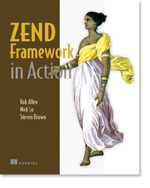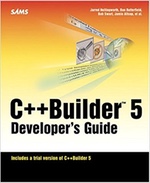Gittyup – Easily keep master in sync with upstream
If, like me, you use git and have an upstream remote which is not your origin, then I highly recommend that you use Evan Coury's gittyup script. This is a very simple script that does the following: 1. Verify that you are in a valid Git repo. 2. Remember which branch you are on. 3. Stash any uncommitted changes you have. 4. Checkout master. 5. Fetch all remotes. (nice to track other remotes) 6. Merge… continue reading.


